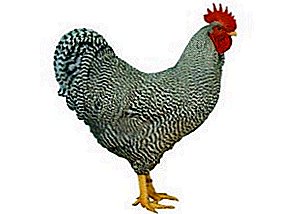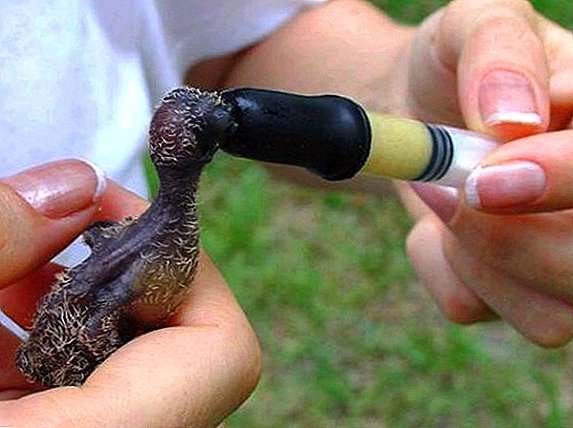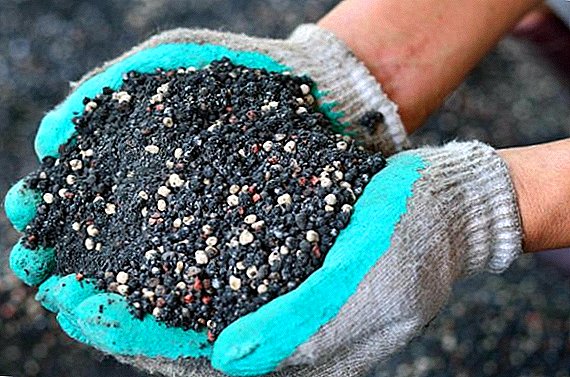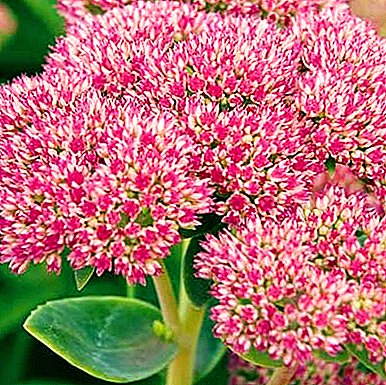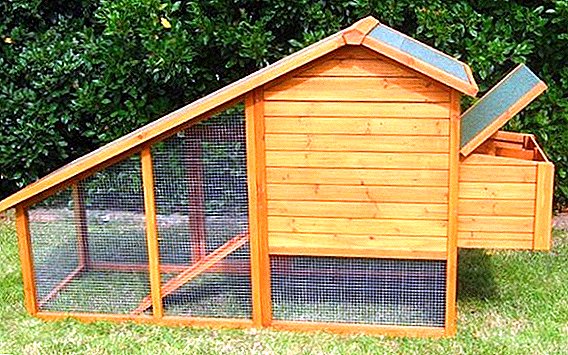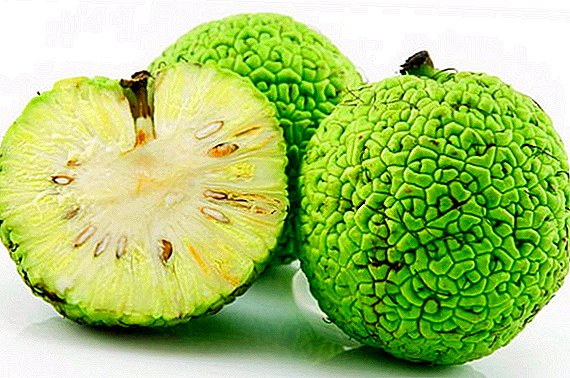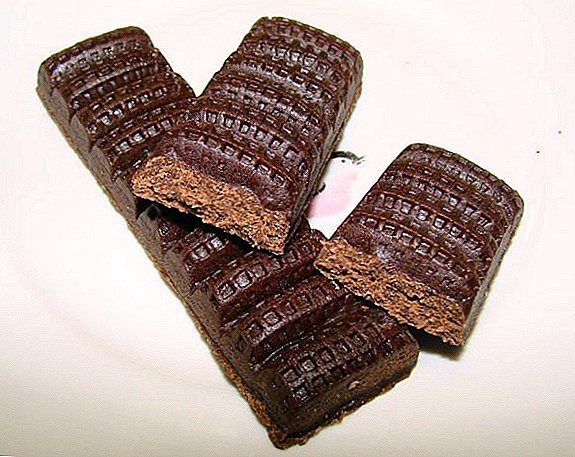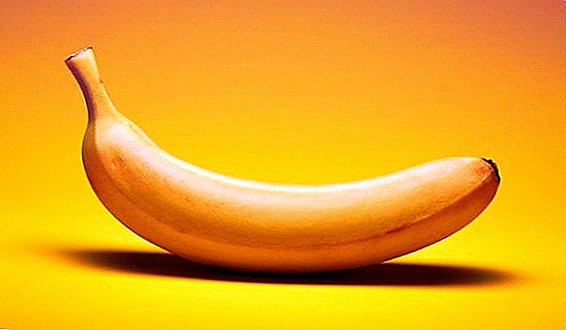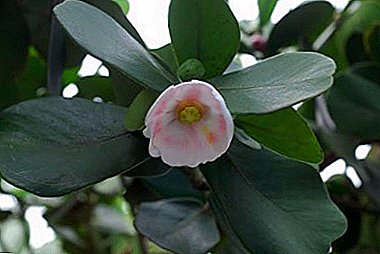
Clusia Pink unpretentious in growing. Loves frequent systematic watering and soil moistening.
The flowers are semi-double plants with a delicate pleasant aroma. The flower loves the stony soil rich in limestone.
Clusia: home care, breeding, disease and more further in the article.
Care after purchase
It is best to purchase the pink rose in the spring time. It is recommended to make a purchase in garden centers or specialized flower shops. It is necessary to choose plants with a large number of healthy leaves and stalks. Clusia is easy to maintain.
It grows well at home. Because of the hanging stalks, it is planted in pots or placed on tall flower pedestals. The flower can often be found on window sills, cabinets, shelves.
Watering
 Constant maintenance of the soil in a wet state is necessary. Congestion in the soil should be avoided. During the growing season, watering should be drastically reduced.
Constant maintenance of the soil in a wet state is necessary. Congestion in the soil should be avoided. During the growing season, watering should be drastically reduced.
It is recommended to water as the top layer of the earth dries. When watering it is necessary to use water of room temperature.
Prohibited use too hot or icy water. It is not recommended to leave water on the pallet. Otherwise, Clusia may suffocate.
In very dry air or the sultry heat of an indoor occupant, periodically sprayed with water from a spray bottle. The procedure is carried out 2 times a day - in the early morning and in the evening before bedtime. If you do not maintain the necessary humidity, the flower may begin to turn yellow and fall off strongly.
You can not transfuse the plant. The pink Rose Clusia root system quickly decays from waterlogging. Excess moisture leads to acidification of the soil.
Bloom
It blooms in the spring time. Flowers of CLUSIA semi-double with delicate pleasant aroma. Palpation resembles camellia.
Endowed with a white tint. After the time, they are painted in a delicate pink color.
Crown formation
It is an evergreen plant. In height reaches more than one and a half meters. Clusia Pink branched. It has a large wide stem. Endowed with rounded ovoid coarse leaves of emerald hue. In length, the leaves reach more than 16 centimeters. Stems are short.
Fruit emerald shade oval-egg-shaped in the form of a box. As it ripens, it opens and becomes with a rich brown tinge. The seeds of the plant are covered in bardovoy soft shell.
Priming
This home dweller loves the rocky soil rich in limestone. Land for landing can be used for izambarskih violets. The soil is freely sold in flower shops. It can be mixed in equal proportions with peat and fertile black soil.
Top dressing produce during intensive growth 1 time in 14 days. Well suited supplements for deciduous or decorative indoor flowers.
Planting and transplanting
 Planting and transplanting should be carried out in the spring time. Transplant is made only after large-scale growth of the root system.
Planting and transplanting should be carried out in the spring time. Transplant is made only after large-scale growth of the root system.
To do this, you need to choose a capacity several centimeters more. It is filled with compost and soil mixture. Minerals and vitamins should be in the ground.
Dilute the ground with a small amount of river sand.
To the bottom stack drainage of expanded clay or pebbles. Transplantation of young stock is made annually. Adults Blusion transplanted once every 2-4 years.
Breeding
Reproduction is carried out by separating the cuttings from the stems and using aerial layering. The resulting planting material is placed in small containers with a mixture of peat. Containers are constantly kept wet.
After stable rooting, the flower must be transplanted into a larger container. The pet has a lot of creeping roots. Their height is horizontal. With the help of the roots, Clusia is firmly attached to the stem of the host tree.
Branches can be sent in all directions. After the time, roots may grow vertically. Such a root system will provide the stems with essential vitamins and nutrients. They can quickly reach the ground and become equal individual plants.
Growing up
 At home, Clusia Pink is very capricious. It grows well in apartments, balconies, loggias, front gardens, greenhouses and botanical gardens.
At home, Clusia Pink is very capricious. It grows well in apartments, balconies, loggias, front gardens, greenhouses and botanical gardens.
Needs excellent lighting.
Prefers systematic watering and high humidity.
Place to grow must choose with stable temperature without drafts and drops.
In spring, it is recommended to feed the flower evenly. It is necessary to use liquid fertilizers mixed with water.
Temperature
Clusia prefers lighted spots with good sun penetration in the morning. Can grow well in partial shade.
In winter It is recommended to illuminate with fluorescent lamps. It does not tolerate changes in temperature and pressure. Prefers temperatures not below 19 ° C. Cooling below 17 ° C can be disastrous for the inhabitant.
Summer an optimum temperature of 24-26 ° C is required. In the warmer months, pink rose can be placed in the open air. Drafts and strong gusts of wind should be avoided.
This video tells about the care of Klouzia pink.
Benefit
Clusia Pink cleans the air perfectly. Removes negative energy in the house. It is often placed next to the computer. Since the flower absorbs rays that are harmful to the human body.
Scientific name
Clusia got its name thanks to the botanist from the Netherlands, Clusius Carolus. Latin name of the plant "Clusia rosea & raquo;. It belongs to the family "Clusiaceae".
A room dweller is often called a “autographed plant.” On the leaves of the flower you can sign. Signature remains a long time. The tree is an epiphyte. Homeland is considered to be South America.
It is spread all over the world. The flower survives well at home. Therefore, Clusia is loved by florists as an unpretentious plant.
A photo
Clusia: photos of the plant, its fruits and flowers.



Diseases and pests
May be subject to mealybug and small damages of the scytula. They can be removed thanks to cotton soaked in cologne, perfume or boric alcohol. Also, instead of home remedies it is recommended to use preparations with an oily base. Diseases occur only with improper care. If the shoots begin to fade and stretch strongly - then it does not have enough sunlight.
The flower is placed on the windowsills or spacious sunny loggias. With the manifestation of decay root system and main stem - moisture stasis occurred. Frequent watering should be stopped, and drainage should be made in the tank. When "baldness" and the yellowness of the leaves of the inhabitant clean in a cool room from the heat.
The reason for the yellowness of the leaves can serve dry air, lack of moisture in the ground and excess sunlight.
Clusia Pink in height reaches more than one and a half meters. The tree is an epiphyte. Reproduction is carried out by separating the cuttings from the upper stems and by means of aerial cuttings. Planting and transplanting plants should be carried out in the spring time.


